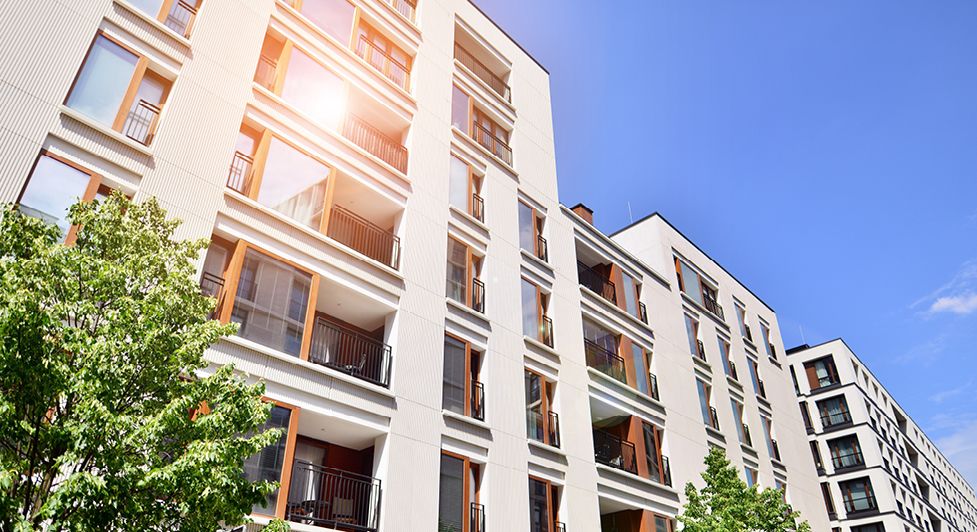Interest rates are much higher now than six months ago. Have cap rates followed suit?
Underwriting a multifamily property acquisition rarely is a straightforward proposition. In the last few months, however, it has become altogether more challenging, with as many inscrutable potential pitfalls as befell the mythical Jason and his crew in their quest for the Golden Fleece—rising borrowings costs, stalled rent growth, accelerating supply and rising operating and renovation costs rather than Scylla and Charybdis.
Considering this litany of uncertainties, a clear view of current market values would be the one signal beacon a buyer might hope to spy on the horizon. Unfortunately, a great deal of debate surrounds the question of whether acquisition cap rates have risen since spring 2022, and, if they have, by how much.
Thoughts vary. Industry data leader Real Capital Analytics report that cap rates declined less than 10 basis points since First Quarter 2022 to 4.4%, as measured by its “Hedonic” methodology that adjusts for property quality and location. Likewise, Trepp finds that cap rates of properties financed using securitized debt hover slightly below 4% when full year 2021 underwritten NOI is consistently employed as the numerator in the standard NOI/price derivation. This metric is unchanged over at least the last two quarters despite an increase in debt interest rates of 270 basis points.
We decided to have a look for ourselves and used a methodology similar to Trepp—relying on underwritten Net Cash Flow data derived from securitized debt transaction reportage—but over a much more limited time frame. Rather than seeking to consistently measure monthly initial property yields over a 20-month period we sought to compare the latest available data (September and October) to a point in the past that preceded the large upward move in mortgage rates, in this case April. This allowed us to apply annualized underwritten NCF established at the closing date rather than the preceding calendar year, therefore capturing more accurately the “going-in” property yield.
We found in the data a moderate but clear increase in the value-weighted average cap rate from April to September/October. The average cap rate of trades closed in April was 4.43%, consistent with RCA’s Second Quarter 2022 Hedonic Cap Rate metric. In September and October, by contrast, the average cap rate was 4.92%, an increase of 49 basis points.
Similarly, the difference between appraised values and actual settlement prices widened. During April, the value-weighted average closing price was 98.4 % of the appraised value. This average declined to 97.8% in September/October, implying a more volatile market with a small degree of discounting pressure at closing.
Investors should take some comfort in these results. Although cap rates remain below funding costs, giving rise to negative leverage, cap rates appear to be moving higher, reflecting both the impact of higher rates on investment returns and the less optimistic outlook for rent growth in 2023 and 2024.
The information contained herein, including any expression of opinion, has been obtained from, or is based upon, resources believed to be reliable, but is not guaranteed as to accuracy or completeness.
